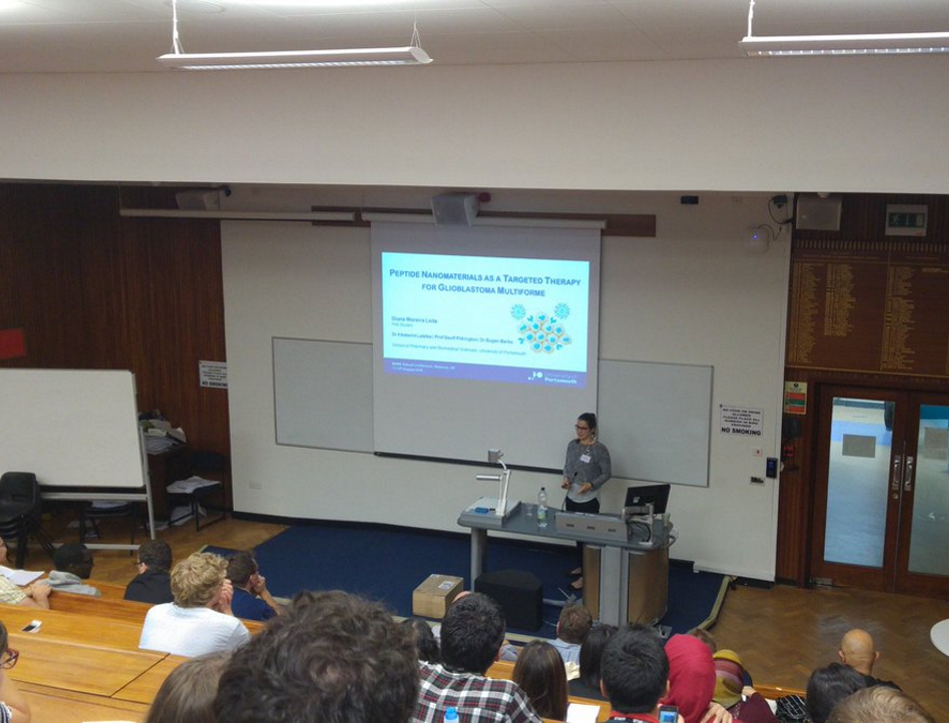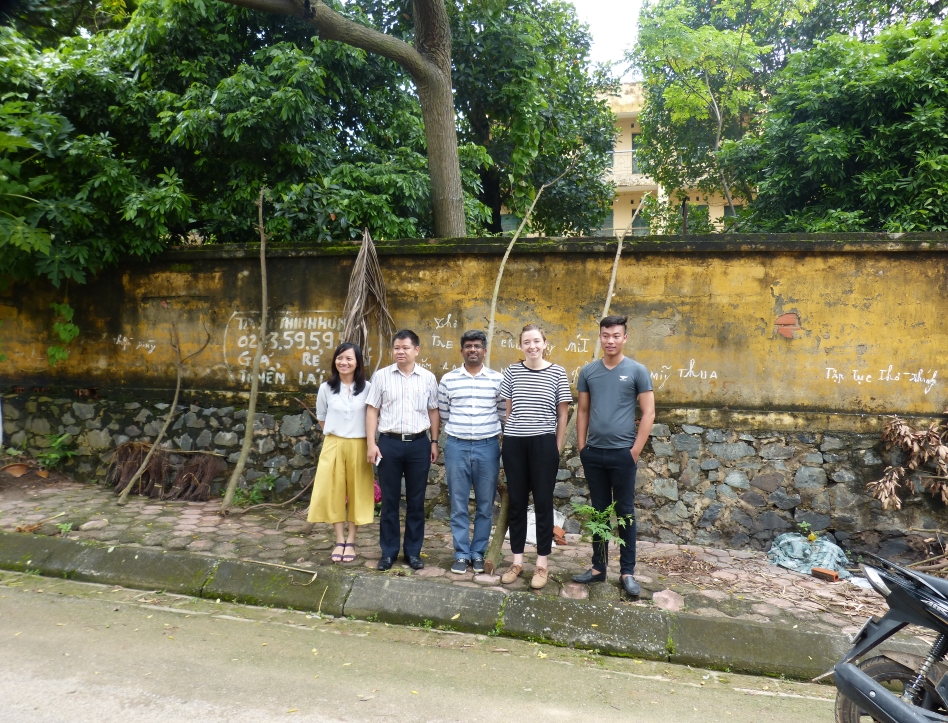About the scheme
International Exchanges grants provide support for scientists based in the UK to stimulate new research collaborations with leading scientists overseas. Grants can cover either a one-off short visit to explore opportunities for building lasting networks or bilateral visits to strengthen emerging collaborations.
The objectives of the International Exchanges scheme are to:
- Stimulate the development of new research collaborations between UK researchers and researchers from around the world
- Provide seed corn funding to establish partnerships, gather preliminary data, develop research ideas and strengthen applications for further funding
- Enable UK and international research groups to exchange research staff, to share expertise and exchange ideas
There are multiple calls for applications open each year which are run as Global rounds and Cost Share rounds.
Global rounds
The Global rounds are available for travel to/from all countries/territories outside the UK. The amount of funding available is dependent upon the length of the visit and can be used for both the UK and overseas partner.
The Global rounds also include the possibility to be supported through specific funds:
- Royal Society - Yusuf and Farida Hamied Foundation International Exchanges Grant: Supported by the Yusuf and Farida Hamied Foundation, for collaborations with researchers in India.
- Royal Society - Sino-British Fellowship Trust (SBFT) International Exchanges Grant: Supported by the Sino-British Fellowship Trust (SBFT), for collaborations with researchers in China.
Cost Share rounds
The Cost Share rounds cover cooperation arrangements that the Royal Society has in place to co-fund International Exchanges grants with overseas funding bodies. The Royal Society provides funding for the UK partner and the overseas funder provides funding for the overseas partner. The UK applicant submits an application to the Royal Society and the overseas applicant simultaneously submits a parallel application to the overseas funder.
The Royal Society currently partners with the following bodies to co-fund International Exchanges grants:
- Consiglio Nazionale delle Ricerche, Italy (CNR)
- Japan Society for the Promotion of Science (JSPS)
- National Natural Science Foundation of China (NSFC)
- National Science and Technology Council, Taiwan (NSTC)
The Royal Society recognises that diversity is essential for delivering excellence in science, technology, engineering and mathematics (STEM). The Society wants to encourage applications from the widest range of backgrounds, perspectives and experiences to maximise innovation and creativity in science for the benefit of humanity. We regularly review and revise policies and processes to embed equity, diversity and inclusion (EDI) principles in all aspects of the grant making process and ensure all talented applicants have an equitable chance to succeed as per the assessment criteria.
See below for details of adjustments we can provide for disabled applicants.
Changes to the scheme
Please note that from 2024, the Cost Share call with the National Natural Science Foundation of China (NSFC) will be part of Round 2 (opening on 10 April 2024) instead of Round 3.
What does the scheme offer?
Funds can cover travel, subsistence and research expenses.
Global rounds
The funding available is dependent upon the length of the visit:
- up to £3,000 for a one-off visit lasting up to three months
- up to £6,000 for multiple visits to be completed within one year
- up to £12,000 for multiple visits to be completed within two years
Cost Share rounds
Grants are available for multiple visits to be completed over a fixed period of two years:
- up to £12,000 from the Royal Society
- an additional up to £12,000 equivalent from the Royal Society’s overseas cost-share funding partner
Full funding details can be found in the scheme notes for the Global round and the Cost Share rounds.
This scheme is for you if:
- You have a PhD or have equivalent research experience
- You hold a fixed or permanent contract at an eligible organisation for the duration of the project (ineligible organisations include industrial, private and commercial organisations, university spin-out companies and government bodies)
- You are based in the respective countries/territories at the time of application
- Your research is within the Royal Society’s remit of natural sciences, which includes but is not limited to biological research and biomedical sciences, chemistry, engineering, mathematics and physics. For a full list, please see the breakdown of subject groups and areas supported by the Royal Society.
Collaborations should be based on a single project and travel can only take place between the UK and a country/territory where the overseas collaborator is based.
This scheme is not intended to support continued research activities between a UK applicant and a co-applicant who was a former colleague or PhD student or to support other existing or recent collaborations between the applicant and co-applicant. Rather, the scheme is intended to stimulate new collaborations between scientists in the UK and overseas.
Read the scheme notes for further information on eligibility. Please ensure that you meet all eligibility requirements before applying.
You will apply through our application and grant management system, Flexi-Grant®.
See the ‘Application and assessment process’ page for a general overview of the application and selection steps and below for details specific to this scheme.
Assessment of your application will be overseen by the International Exchanges Panel. Following eligibility checks, applications are reviewed and assessed by two members of the International Exchanges Panel who have the most appropriate scientific expertise. A shortlist is then drawn up with oversight from the Panel Chair to be recommended for funding.
Further detail on the application and assessment process is available in the scheme notes.
The Royal Society welcomes applications from scientists with disabilities and provides adjustments to ensure that they can participate fully in the selection process. If you need an adjustment when accessing the application form, attending interviews, or for any other part of the application process, please contact the Grants team on international.exchanges@royalsociety.org or +44 20 7451 2666. Adjustments can include, but are not limited to:
- extension of the deadline
- additional support to complete the application form
If you have further questions regarding the scheme, please contact the Grants team on international.exchanges@royalsociety.org or visit our contact us page.






